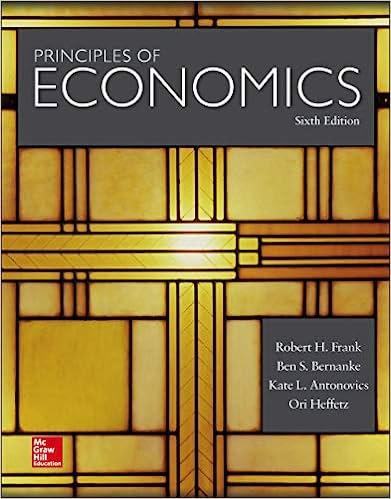Question
1.The willingness to pay (WTP) for outdoor music concerts (which you can assume are public goods) is defined for three individuals in the figure below
1.The willingness to pay (WTP) for outdoor music concerts (which you can assume are public goods) is defined for three individuals in the figure below (per year).
a.What is the total WTP? (draw this on the graph, carefully)
b.If the cost of putting on a concert is $20 each, how many concerts will be provided if left to the market? Why?
c.At a cost of $20 per concert, what is the socially optimal number of concerts? Explain.
d.What is the dead weight loss (shade the area) if the answer to "b" is different than the answer to "c"? Explain.
e.If the concerts are held in a fenced area where entry can be restricted (and the fenced area is large enough so that outsiders cannot hear the music), and if a price charged to get in is $7.50 to cover some of the costs (the cost is still $20), could the optimal number of concerts be financed this way (could the entrance fees cover the costs)? Explain.
f. With the fenced-area approach, if the organizers charged only $5 as an entrance fee to pay for some of the costs such as utilities, security, etc., is there still a deadweight loss? What would create that DWL. Can you point out the DWL in this case? Explain your answer.
Step by Step Solution
There are 3 Steps involved in it
Step: 1

Get Instant Access to Expert-Tailored Solutions
See step-by-step solutions with expert insights and AI powered tools for academic success
Step: 2

Step: 3

Ace Your Homework with AI
Get the answers you need in no time with our AI-driven, step-by-step assistance
Get Started


